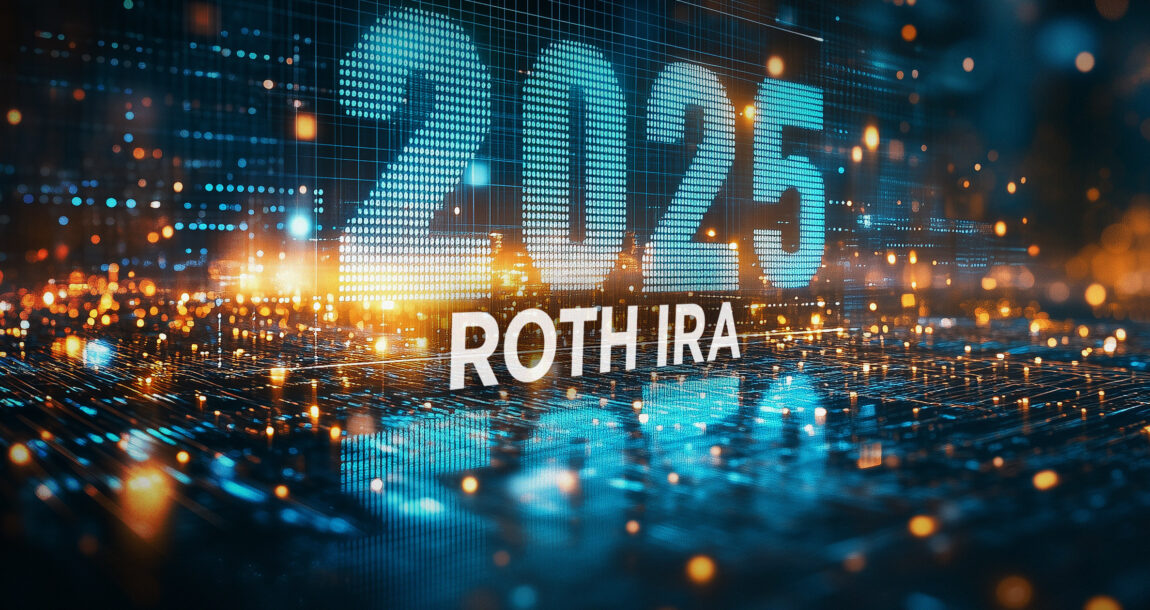Year-end Roth IRA conversions: What you need to know before the deadline

There are several reasons investors will opt for a traditional IRA in the early phases of their retirement planning. Often, they are attracted to the immediate tax savings, which free up money to spend on more immediate needs. It may also be challenging for them to grasp or appreciate the long-term benefits a Roth IRA can provide.

However, there comes a point when investors may become more interested in the benefits a Roth IRA offers, including its superior estate planning capabilities. This can be especially true of those nearing retirement age. As their future tax landscape takes shape, they can better determine how tax-free disbursement can benefit them.
For those working with investors who are planning a conversion, year-end can be a smart time to consider such a move. The following are some key factors related to conversions that should be considered as the end of 2024 approaches.
Is the investor in a lower tax bracket this year?
A Roth IRA conversion is considered a taxable event. The amount taken out of the traditional IRA and deposited in the Roth becomes income, which is taxable for that year. While the thought of paying taxes on a large disbursement can be intimidating, it could be beneficial if circumstances have placed the investor in a tax bracket that is lower than normal or lower than the investor expects to qualify for in coming years.
For example, an investor who experienced a layoff or other form of unemployment could be in a lower tax bracket than where they expect to be in the future. Major medical expenses or losses related to a business venture or natural disaster can also impact income in a way that leads to reduced tax obligations. Under such circumstances, converting to a Roth IRA allows investors to shift to tax-free retirement withdrawals with minimal tax costs.
One factor to consider when weighing tax exposure is whether a traditional IRA disbursement would put the investor into a higher tax bracket. If that is the case, advisors may want to suggest a partial conversion to avoid additional tax exposure.
Can deductions be bunched to reduce conversion-related taxes?
As already mentioned, the additional income tax obligation that comes with a Roth IRA conversion can be intimidating. Investors can avoid the increase, however, by maximizing the use of other deductions.
Advisors can help investors in this area by pointing out opportunities for deduction bunching, which involves bunching multiple years of charitable contributions into one year to push beyond the value of itemized deductions. By utilizing this strategy, investors can offset the additional tax exposure they gain from the Roth IRA conversion.
When do funds need to be available?
Investors considering a Roth IRA conversion should be warned of the 5-year rule, which limits the amount of money that can be withdrawn within five years of establishing the account. The rule was instituted to discourage investors from using a Roth IRA conversion as a short-term tax shelter and essentially prevents investors from making tax-free withdrawals.
Any earnings withdrawn during the 5-year period — measured from Jan. 1 of the year the account was established or converted — will be subject to income tax and a 10% early withdrawal period. The IRS allows exceptions to the rule in certain cases, including withdrawals by those who are 59½ or older or those who qualify for particular disability or death exemptions.
The end of the year is typically when investors assess their annual financial performance and look forward to the year ahead, making it a great time to determine whether a Roth IRA conversion would be beneficial. To properly guide them with the decision, advisors should consider their clients’ tax exposure, their capacity for maximizing deductions, and the amount of time they can allow for the new IRA to mature. If those conditions are optimal, making the switch can help the client access considerable tax savings in the future while avoiding considerable tax costs as part of the conversion.
© Entire contents copyright 2024 by InsuranceNewsNet.com Inc. All rights reserved. No part of this article may be reprinted without the expressed written consent from InsuranceNewsNet.com.
Aaron Cirksena is founder and CEO of MDRN Capital. Contact him at [email protected].





Financial sector under new Trump administration taking shape
Long-term care: A view from the states
Advisor News
- Gen X confident in investment decisions, despite having no plan
- Most Americans optimistic about a financial ‘resolution rebound’ in 2026
- Mitigating recession-based client anxiety
- Terri Kallsen begins board chair role at CFP Board
- Advisors underestimate demand for steady, guaranteed income, survey shows
More Advisor NewsAnnuity News
- Reframing lifetime income as an essential part of retirement planning
- Integrity adds further scale with blockbuster acquisition of AIMCOR
- MetLife Declares First Quarter 2026 Common Stock Dividend
- Using annuities as a legacy tool: The ROP feature
- Jackson Financial Inc. and TPG Inc. Announce Long-Term Strategic Partnership
More Annuity NewsHealth/Employee Benefits News
- Thousands in CT face higher health insurance costs after federal subsidies expired at start of 2026
- House passes bill to extend enhanced ACA subsidies 3 years
- US House backs extension of health insurance subsidies after Dems force vote
- Gambians Endorse Universal Health Coverage As Medical Care Remains Elusive for Many
- COLUMN: Connecting kids to healthcare coverage
More Health/Employee Benefits NewsLife Insurance News